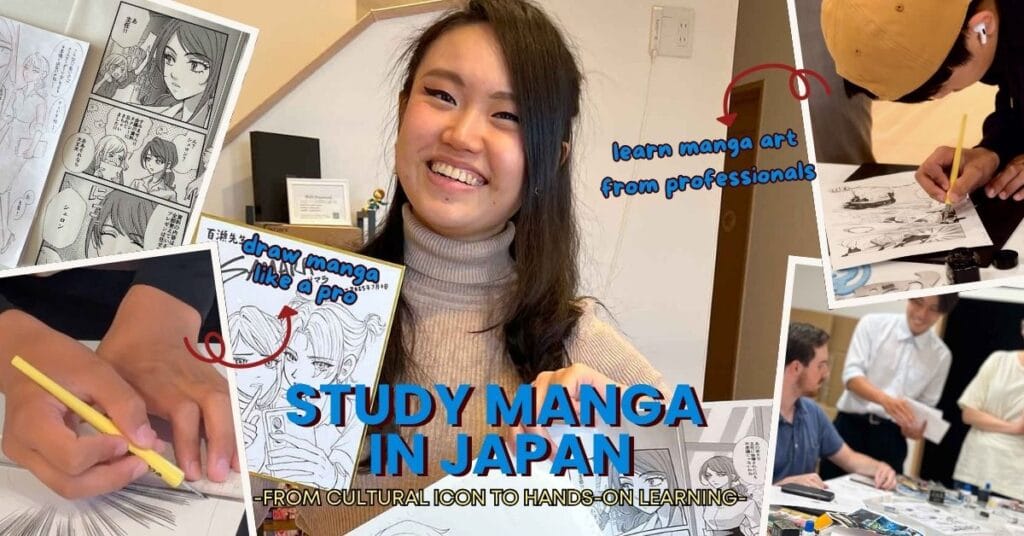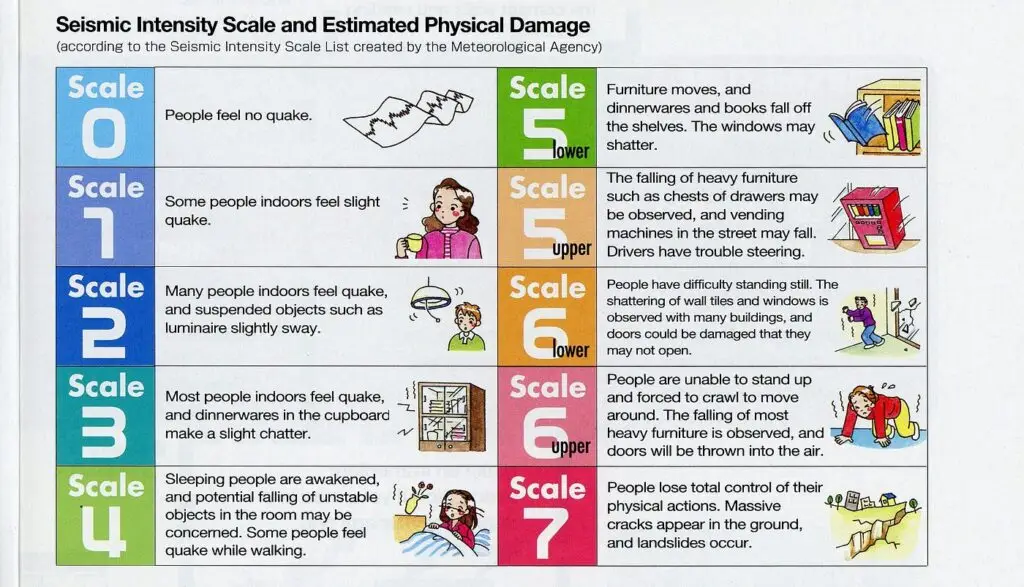What is happening in Japan?
Read about tips, advice, experiences and more!















Study in Japan and Play Sports at Kashima Gakuen
Sports are deeply woven into the cultural fabric of Japan. Whether you’re a fan of precision teamwork or high-energy matches, you’ll find that baseball and soccer are two of the most celebrated sports across the country. From legendary athletes like Shohei Ohtani to passionate student “Bukatsu” clubs, Japan offers a vibrant world of sports—both professional and educational.

How to use an ATM in Japan to pay your rent, or friend
This article will take you through the steps of how to pay a 3rd party using the ATMs at any Sumitomo Mitsui Bank of Commerce (SMBC) in Japanese. We have decided to use the cash method of payment as most people will likely be able to access cash while in Japan, so this method might be the most useful for our purposes.

Can I Work in Japan with a Student Visa?- Student Guide
If you’re planning to study in Japan, it’s normal to wonder: “Can I work part-time while studying?” The good news is yes, international students can work legally in Japan — but there are a few important rules to follow.

Summer in Japan: Watch Out for Heatstroke!
As summer begins in Japan, the heat and humidity can be intense—especially for those not used to it. Every year, thousands of people across Japan are affected by heatstroke (熱中症 / necchūshō), and it can happen quickly.

Study Manga in Japan: From Cultural Icon to Hands-On Learning
Manga is more than just a form of entertainment—it’s a cornerstone of modern Japanese culture that has captivated audiences around the world. From emotional slice-of-life stories to epic action adventures, manga has grown into a global phenomenon. But where better to dive deep into the art and heart of manga than in Japan itself?

Why Japan Is the Smart Choice for Malaysian Students in 2025
Recent news from the Malay Mail revealed a concerning trend for Malaysian higher education. In the latest Center for World University Rankings (CWUR) Global 2000, two-thirds of Malaysian universities saw their rankings drop, with limited research funding and weakened performance cited as key reasons.

Master’s Abroad? Choose Japan with DEOW Japan
If you’ve been dreaming of studying abroad but recent changes have made the U.S. feel like a less certain option, it might be time to consider a new path—one that leads to Japan.

How Much Does It Cost to Live in Japan as a Student?
Thinking of studying in Japan? Understanding the cost of living is one of the most important steps in planning your journey. In a recent Instagram Reel by DEOW Japan, Mina breaks down what students can realistically expect to spend each month — and it’s more manageable than you might think!

Live and Study Japanese in Japan: Why Immersion Beats Any App
In today’s digital age, language learning apps are everywhere. They offer a quick, convenient way to study on your phone — but can they really replace the power of real-life experience? If you’re serious about mastering the Japanese language, there’s no better way than full immersion.

